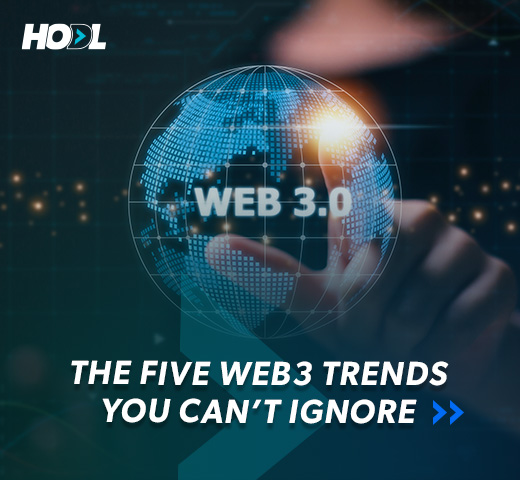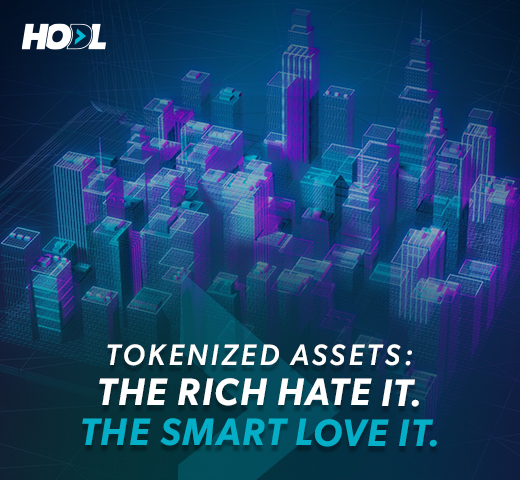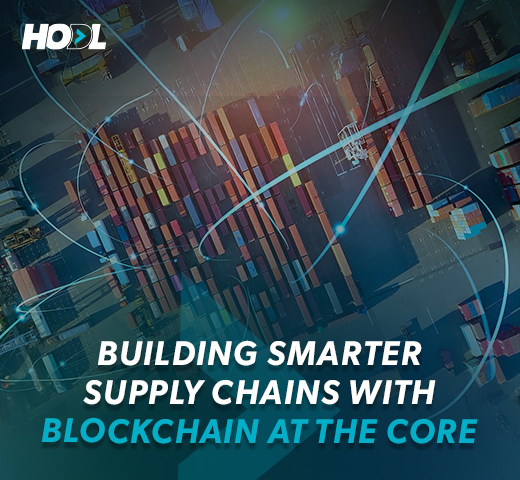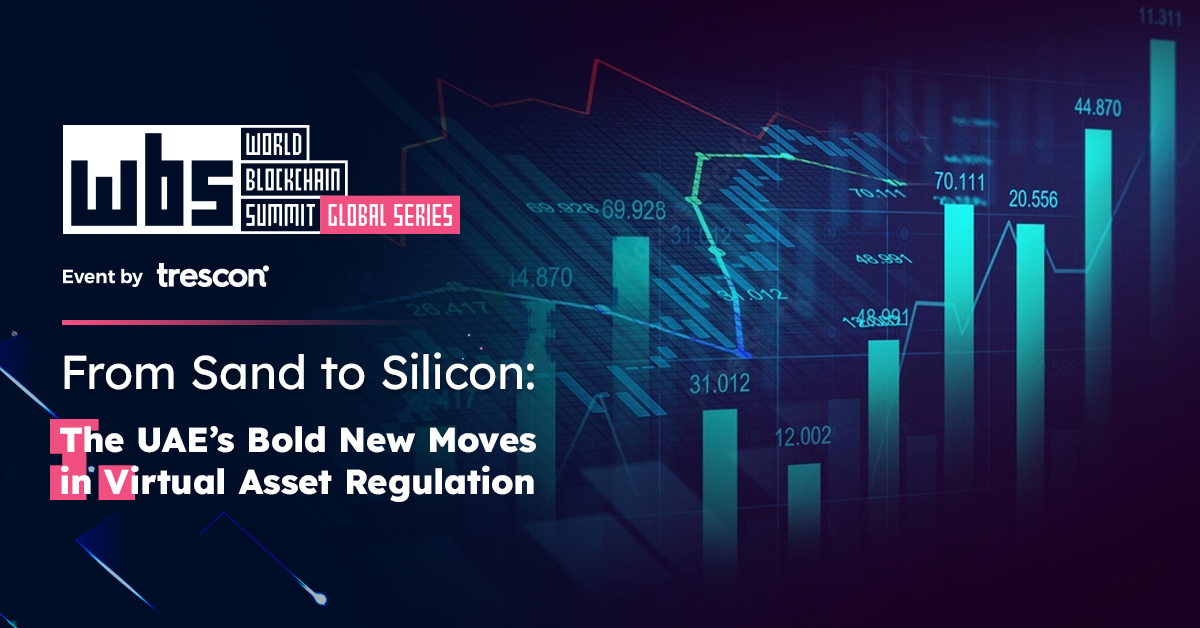The global web3 ecosystem is evolving rapidly. From the time when it was once considered a fringe innovation to becoming the heart of the global digital transformation movement, the ecosystem has come a long way.
As we step into 2025, the ecosystem is anticipating crucial regulatory changes and technological innovations driven by dynamic economic trends and uniform regulatory climate.
If 2023 had unsettled people about the future of blockchain and web3, 2024 managed to restore that confidence with several milestones that the ecosystem achieved. This further lays the foundation for enterprise-wide adoption.
One major highlight being the approval of multiple bitcoin exchange-traded funds allowing the adoption of digital assets by traditional financial institutions. An instance of which can be seen when major institutions like BlackRock and Fidelity entered the crypto ecosystem. This came at a time when decentralised finance (DeFi) continued to challenge the institutions with its innovative solutions.
Further boosted by the bullish response the market received after the 2024 US Presidential Elections; the market is bracing itself for a transformative 2025. Despite this, there are still critical issues that need to be addressed. With the stage set, let’s look at the five trends that can help innovators bridge the gap.
Rise of Green Blockchain Solutions
The environmental impact caused by the cryptocurrency ecosystem has been a consistent criticism. The rise of regenerative finance (ReFi) is seen as a potential solution to this concern.
By the implementation of carbon negative protocols and renewable energy backed mining operations, ReFi will not only reverse the environmental damage but align the industry with global ESG standards. By further attracting public and private partnerships on sustainability, ReFi may change the general viewpoint regarding the web3 ecosystem.
Blockchain-Based Dispute Resolution
With the growth of blockchain networks, there is an immediate need for dispute-resolution mechanisms that can help businesses avoid conflict. The rise of on-chain governance systems and smart contract arbitration will help in creating transparent and automated mechanisms to help efficiently solve potential conflicts.
The reduced operational cost and resolution times further enhance the trust among the stakeholders. This trend can be a gamechanger for the blockchain ecosystem in creating a robust governance and dispute resolution system that can help scale the adoption of blockchain solutions across industries.
Central Bank Digital Currencies: The New Era of Financial Inclusion
For long the Central Bank Digital Currencies (CBDCs) have been a topic of debate for traditional financial institutions and the web3 ecosystem. As global economies actively pursue CBDC projects to usher in a reform in the payment systems and further promote financial inclusions.
As per recent reports, over 130 countries are developing their own digital currencies. This move signifies a reform to the existing global banking structure that is not only cost-efficient but is secure.
The digital cash will give access to its users to financial markets, enhancing transactional efficiency while protecting customers from illegal activities and limiting money laundering activities.
Decentralised Identities (DID) systems
As the digital landscape continues to evolve, it has also seen a significant rise in cybercrimes, data breaches and identity thefts. To help mitigate this issue, the implementation of Digital Identity (DID) systems is seen as a solution to allow individuals to have control over their data.
Developed on blockchain technologies, the DID systems enable to ensure secure authentication for online platforms. While traditional identity solutions are built around centralized authorities, DID solutions not only eliminate the need for such authorities but also lower the risks of data breaches.
Decentralised AI
The emergence of decentralised artificial intelligence (deAI) solutions will allow AI to operate on blockchain networks and facilitate computation and data storage across decentralised networks.
This further helps individuals and enterprises to utilise machine learning tools while maintaining control over their data. Due to its integration of both artificial intelligence and blockchain, the tech allows for easy healthcare diagnostics and fraud detection.
By leveraging its ability to address ethical concerns around the blockchain and AI space, the healthcare, finance and supply chain logistics are keen to transform their operations in an evolving data driven world.
Conclusion
These trends are not just mere trends but a gateway for future innovators to shape the future where the web3 ecosystem emerges as the backbone of global systems. The achievements of 2024 sets the perfect backdrop for innovators in the web3 ecosystem to further push the envelope a little further.
Building forward on a legacy of the World Blockchain Summit, HODL 2025 goes beyond just a mere platform. It becomes the crucial gateway for innovators and visionaries to turn mere ideas into action.
Share our vision? Join us and become part of the conversation shaping the future of blockchain and crypto innovation.



